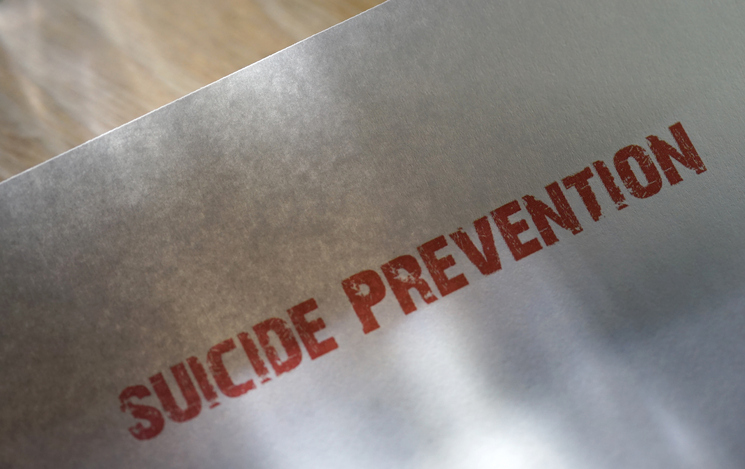Have you seen The Joint Commission’s two new FAQs on suicide risk reduction? The first one relates to monitoring of patients at high risk for suicide. The second FAQ clarifies the requirement for self-closing and self-locking doors. Both are critically important. Get the details below so you can be in full compliance.
Suicide Risk Reduction: Video Monitoring of High Risk Patients
Question: “Can video monitoring or “electronic sitters” be used to monitor patients at high risk for suicide?”
TJC Answer: “For patients identified as high risk for suicide, constant 1:1 visual observation (in which a qualified staff member is assigned to observe only one patient at all times) should be implemented. This allows the assigned staff member to immediately intervene should the patient attempt self-harm. The use of video monitoring or electronic sitters is not acceptable in this situation because staff is not immediately available to intervene. Video monitoring is acceptable only as a complement to 1:1 monitoring, not as a stand-alone intervention.
Video monitoring should be used only in place of direct line-of-sight monitoring for patients at high risk for suicide when it is unsafe for a staff member to be physically in the patient’s room. In addition, for both direct line-of-sight and video monitoring of patients at high risk for suicide, the monitoring should be constant 1:1 at all times (including while the patient sleeps, toilets, bathes, and so on), and the monitoring must be linked to immediate intervention by a qualified staff member when required.
Video monitoring or electronic sitters for patients not assessed to be at high risk for suicide is up to the discretion of the organization. There are currently no leading practices on video monitoring of those at risk for suicide. It is important to reassess patients who are at risk for suicide, regardless of monitoring method; patients should be reassessed according to the organization’s policies.”
Keep in mind TJC requires that you use an evidence based process for suicide risk assessment. That means using an evidence based assessment tool in conjunction with clinical evaluation. Also, the assessment must directly ask about suicidal ideation, plan, intent, suicidal or self-harm behaviors, risk factors, and protective factors. So, the assessment should not only take into account the patient’s level of risk while in the community. It should also evaluate the patient’s level of risk in your inpatient setting. That inpatient setting provides additional protective factors that are not present in the community. These typically include a ligature resistant environment, increased observation, and special precautions.
Suicide Risk Reduction: Self-Closing and Self-Locking Doors
Question: “Please clarify the requirement around self-closing and self-locking doors in Recommendation #1.” (Published in the November 2017 issue of TJC Perspectives)
TJC Answer: “The intention in Recommendation #1 is to address areas in inpatient psychiatric units behind self-closing and self-locking doors. That is, The Joint Commission expects both self-closing and self-locking doors—not one or the other—to separate areas required to be ligature resistant from those that are not. The intent is to eliminate any staff reliance on closing or locking those doors to prevent patient harm. In addition, devices to hold open a self-closing and self-locking door are prohibited (such as magnetic hold-open devices, door wedges, and so on). The door should self-close and self-lock to prevent free access by patients into the space that is not required to be ligature resistant.”
This is a helpful clarification from TJC. We’ve seen organizations mistakenly interpreting the requirement to mean that doors to rooms with ligature risks could be either self-closing or self-locking. That is not correct. They need to be both self-closing AND self-locking.
Suicide Risk Reduction Consultation
When we conduct our TJC Mock Surveys, we closely scrutinize ligature risks and the facility’s environmental risk assessment. Our engineer also takes a deep dive into these areas when he does his Life Safety & Environmental Reviews . In addition, our customized Patient Safety Consultations evaluate both the clinical and environmental aspects of your patient safety program.
Resources on TJC Website
TJC now has all the FAQs on suicide risk reduction on its website. Just click on the Hospital or Behavioral Health manual and look for the Environment of Care chapter. Also, check out the TJC Suicide Prevention Portal on the TJC website. It has numerous tools for implementing the suicide risk reduction requirements. Great resources for improving patient safety in your organization!


